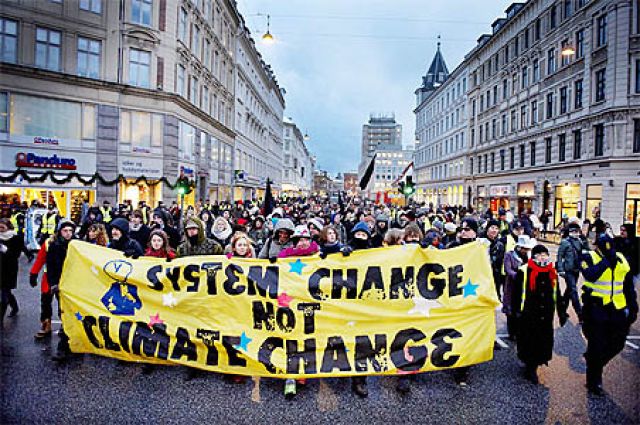
The ecological effects of the four-fold increase in global manufacturing output between 1950 and 1970 were subject to scientific analysis in an international study published in 1972.
The authors of the aptly titled Limits to Growth warned that the tripling of carbon dioxide emissions that came with this unprecedented growth would lead to ecological and economic collapse in the 21st century if overuse of resources continued.
But the essential condition for the successful functioning of capitalism is a minimum 3% compound annual growth rate — for ever.
Which is why Limits to Growth was first attacked by climate change deniers and then wilfully ignored on the manufactured accusation that it was false science.
The Commonwealth Scientific and Industrial Research Organisation 2007 study, Climate Change in Australia, which validated the 1972 findings, was beyond attack because it actually measured the changes that had taken place since 1978, so it was just ignored.
And so it continues. The scientific evidence is that a cap on global warming of 2°C is the minimum requirement to prevent irreversible environmental damage.
But all the December 2009 Copenhagen Climate Conference could manage was a non-legally binding Accord. While recognising the scientific case for limiting a rise in temperature to 2°C, it contained no commitment to emissions reductions that would achieve it.
At Copenhagen, many countries announced targets for reducing emissions. Prior to the conference, the Potsdam Institute for Climate Impact Research published a study that showed that even if countries adopted the most ambitious targets they had proposed, the global average temperature would nevertheless rise by 3.5°C by the end of the century.
The assessment of the Copenhagen Accord was to take place over six years, which is why the United Nations Climate Change Conference is taking place in Paris from late November.
The conference is also known as COP 21, the 21st session of the Conference of the Parties to the 1992 UN Framework Convention on Climate Change. Will this session be any more productive than the other twenty?
The first major international conference to set specific targets for emissions reductions took place in Toronto in 1988, four years before the signing of the 1992 Convention in Rio de Janeiro. The conference recommended that governments cut emissions by 20% below 1988 levels by 2005.
As Canadian activist and author Naomi Klein points out, had this goal been accepted in 1992 the world would have needed to reduce its carbon emissions by about 2% a year until 2005. If we had continued to reduce global emissions at this rate we would have achieved a completely decarbonised global economy by mid-century.
More than 190 countries will be represented at Paris. An analysis of the pledges from 146 countries responsible for almost 90% of global emissions shows that they are not enough to keep global warming to the 2°C that governments have yet to commit to.
As a spokesperson for Oxfam in Britain put it: “They only take us from a 4°C catastrophe to a 3°C disaster”. And this is on the dubious assumption that all of the non-legally binding promises will be implemented.
Politicians in Australia and around the globe have been procrastinating on climate change since 1972, putting profits before people. It will take a people's movement to change this.
The people's climate marches being held around the globe prior to the Paris conference are set to be the largest ever. They are the start of a social movement that we cannot allow to fail.
Like the article? Subscribe to Green Left now! You can also like us on Facebook and follow us on Twitter.